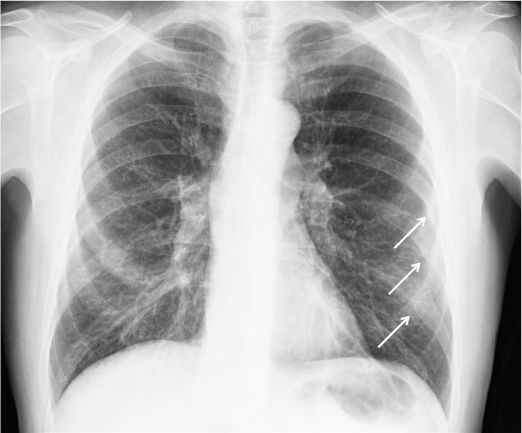What is a Hare Traction Splint?
When to Use a Hare Traction Splint?—Midshaft femur fracture when there is no evidence of pelvic or lower leg injury.
How to apply a Hare Traction Splint?
Expose the injured limb.
Measure distance of splint on uninjured leg- Should be 6-8inches past ankle.
Measure on opposite leg of fracture as femur fracture side can be shortened
Apply ankle hitch
Slide splint under injured leg.
Fasten the ischial strap.
Connect loop of ankle hitch to splint
Tighten the ratchet so the splint holds the traction
Apply the rest of the straps- avoiding the fracture site.
Assess neurovascular function
Here is a link to a video to see how it is applied!




